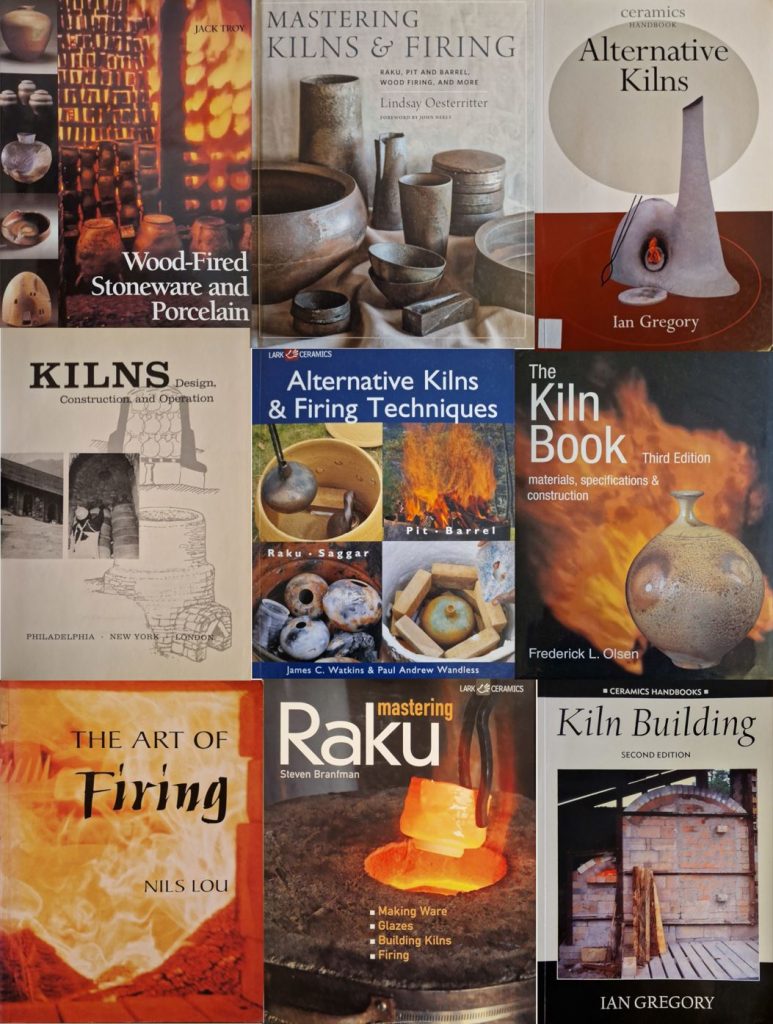
Best books about wood-fired pottery kilns – The most comprehensive list!
 |  | 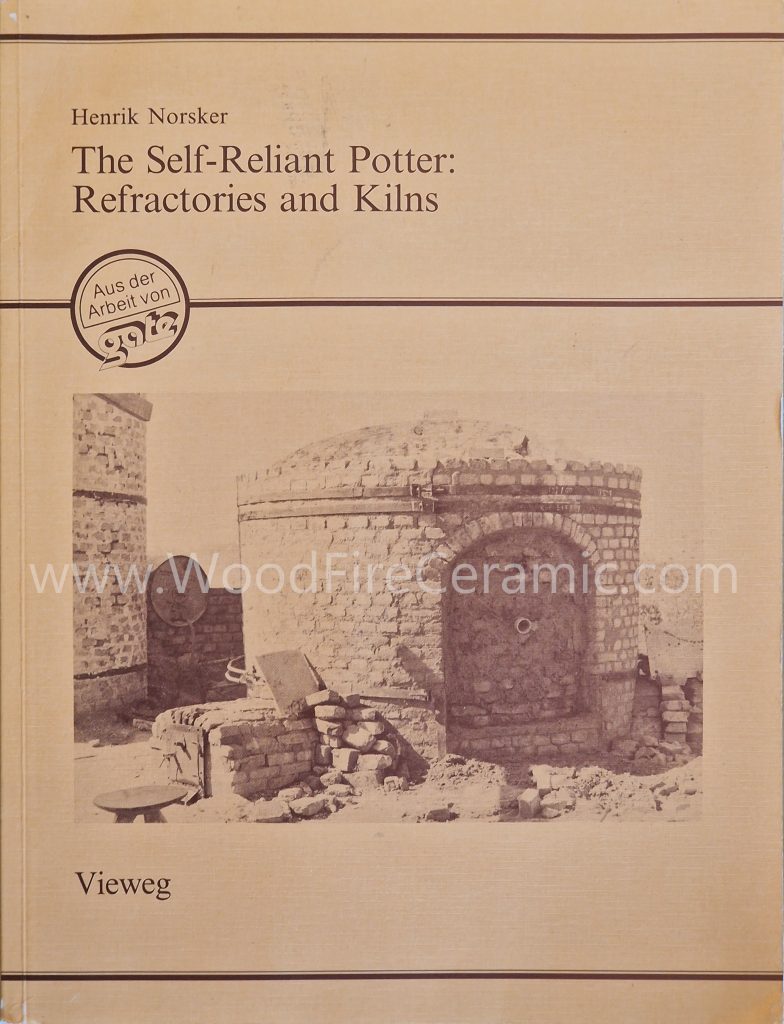 | 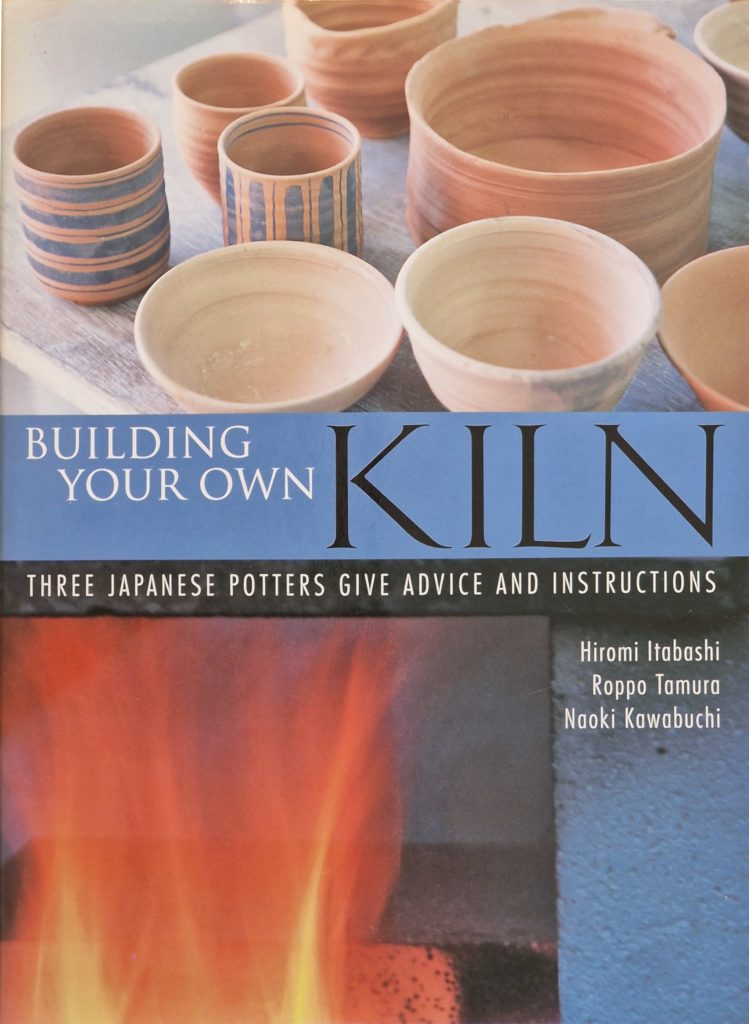 | 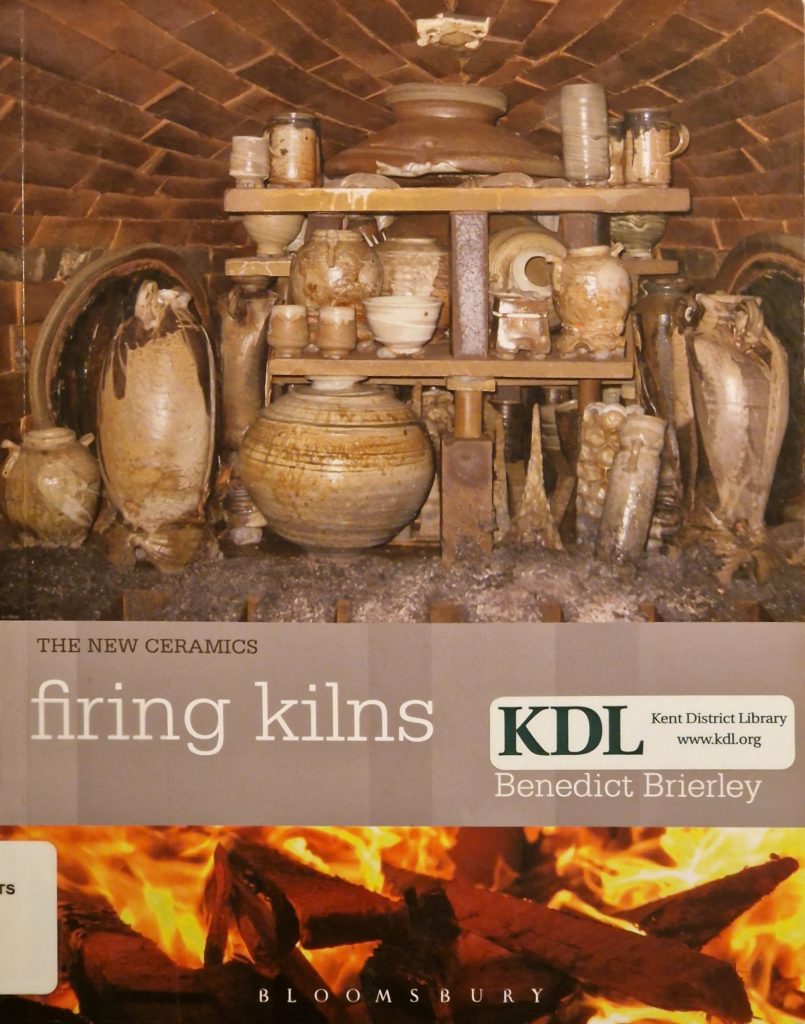 |
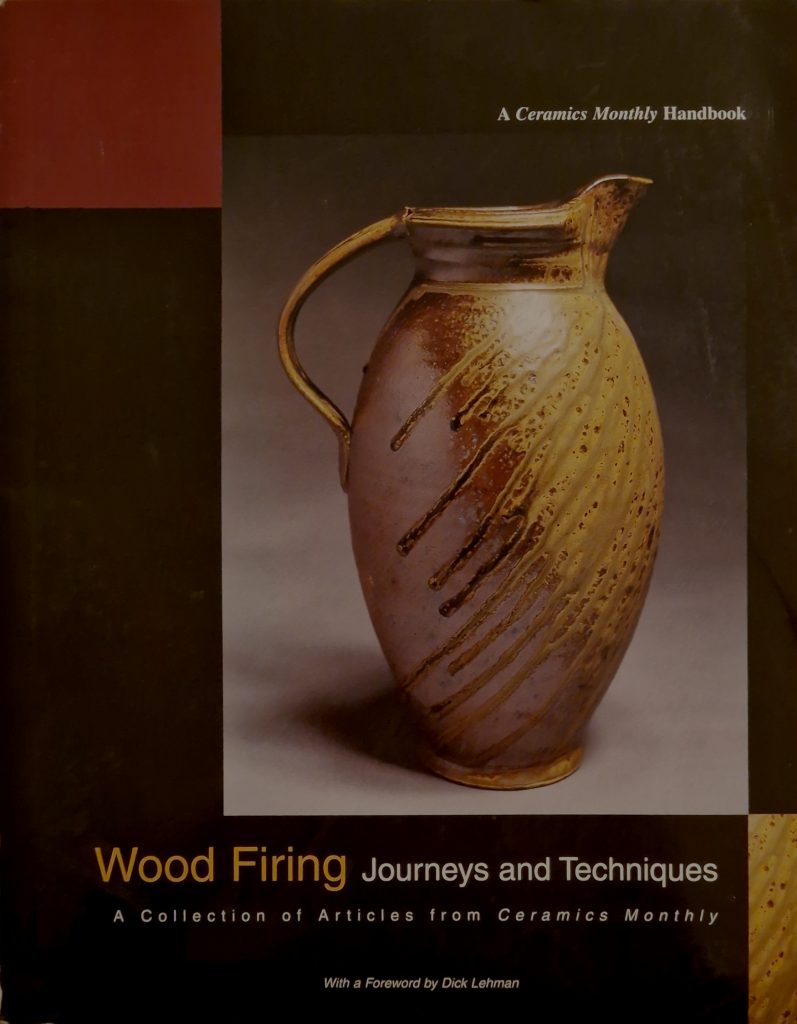 |  | 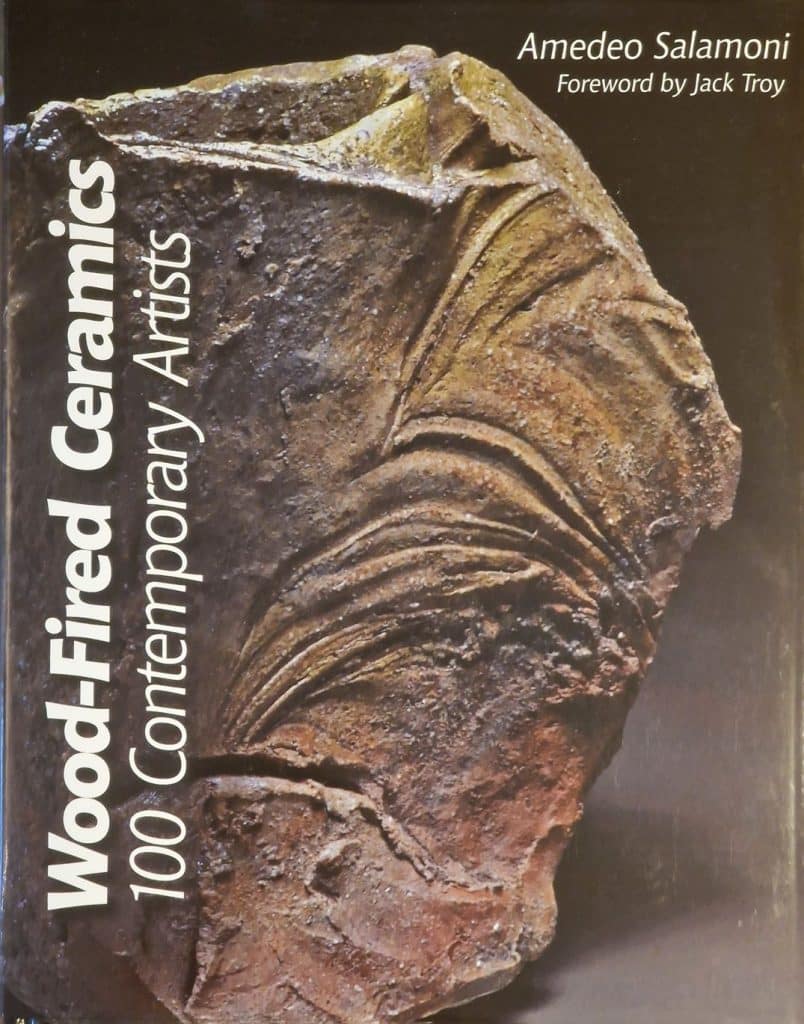 | 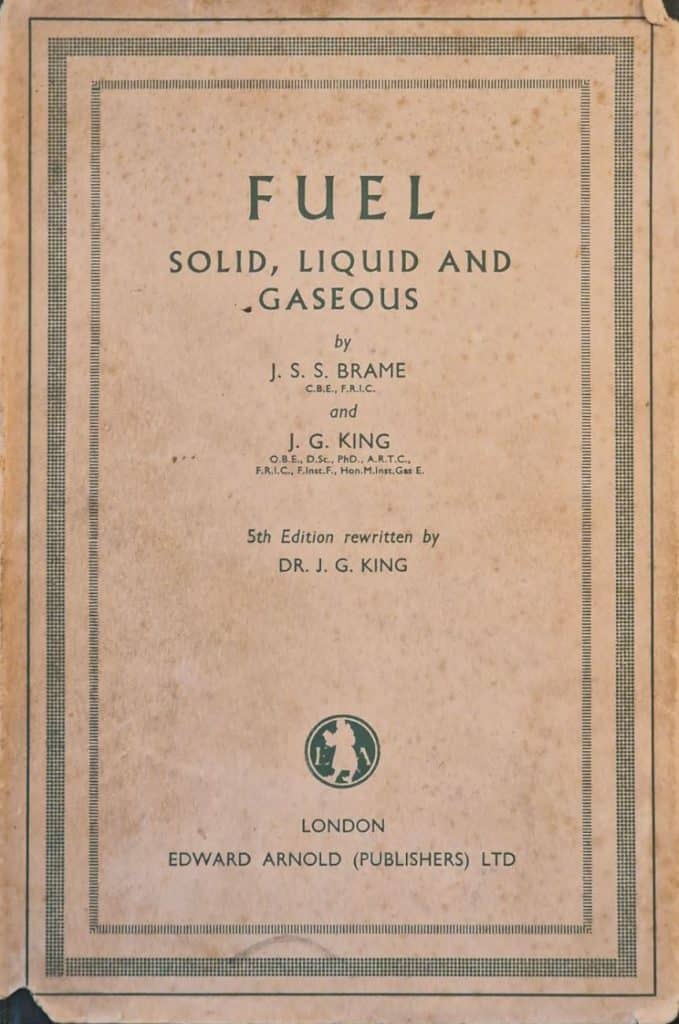 | 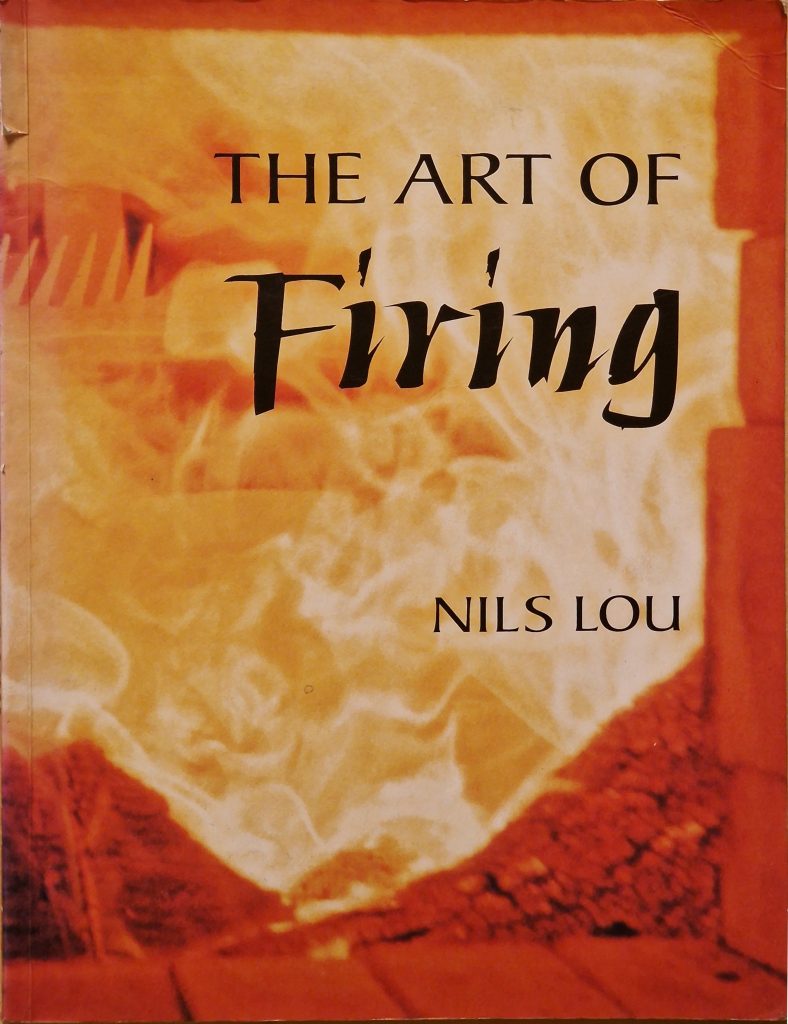 |
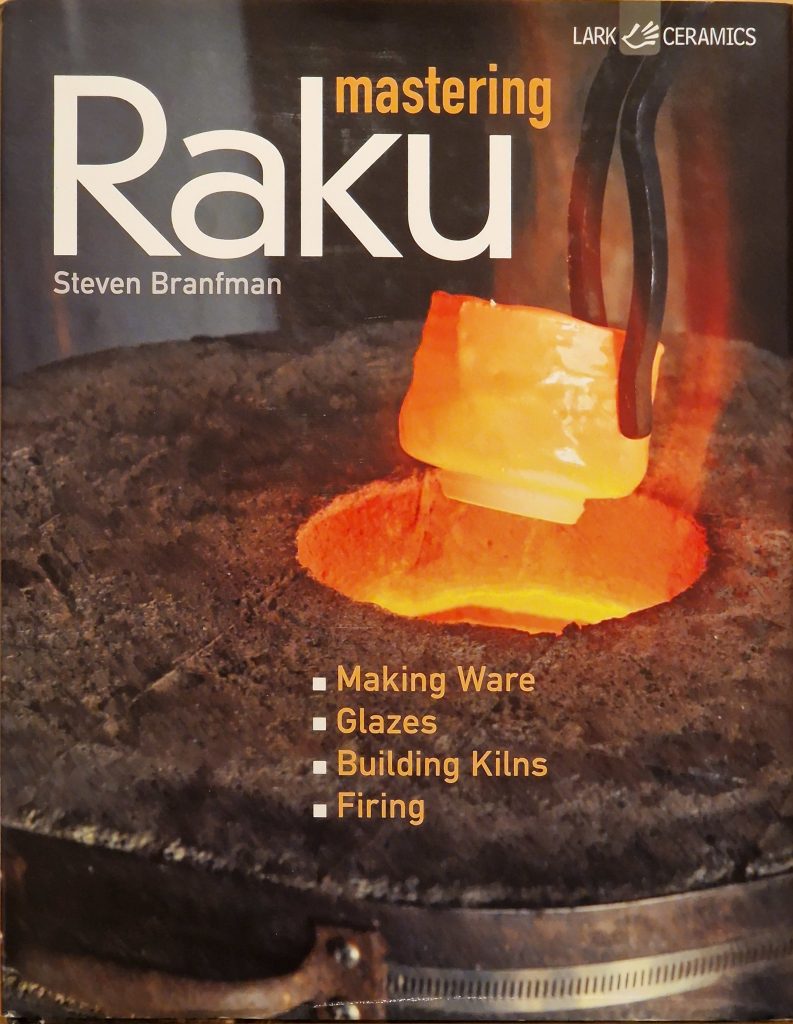 | 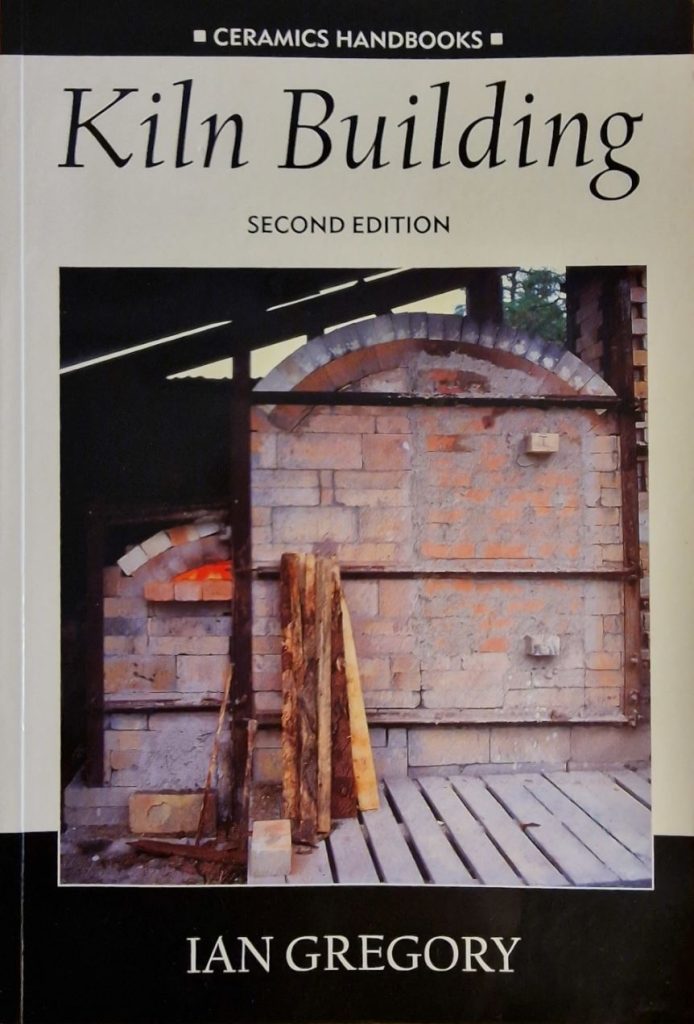 |  | 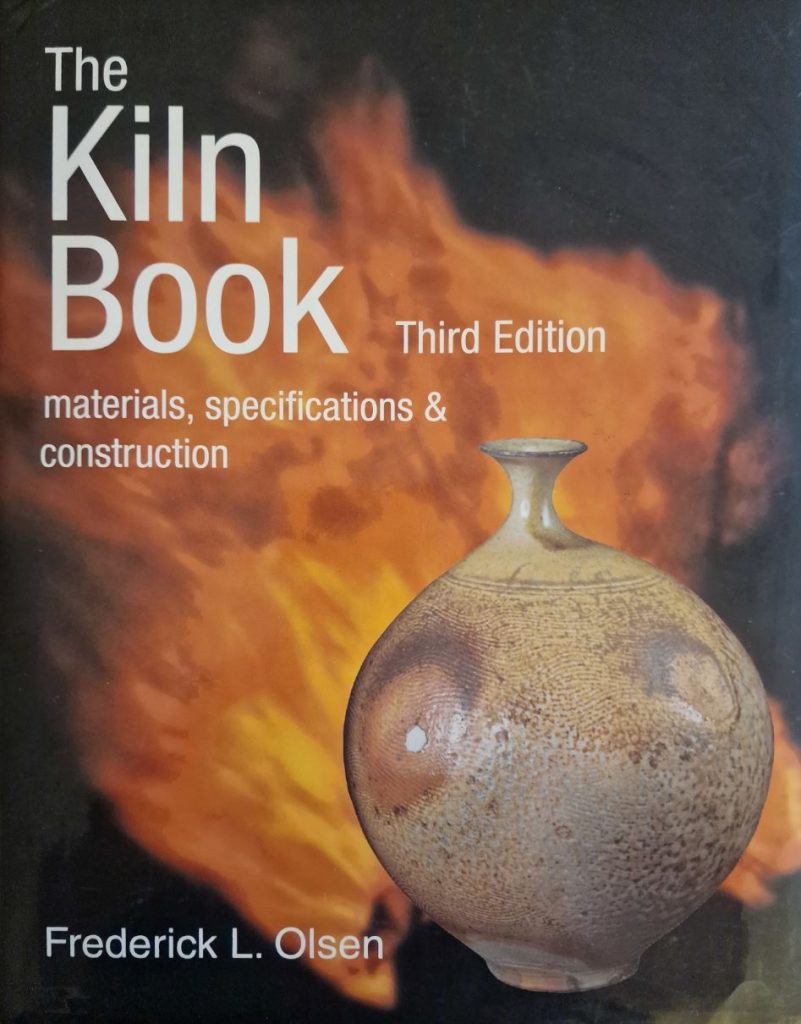 |  |
 | 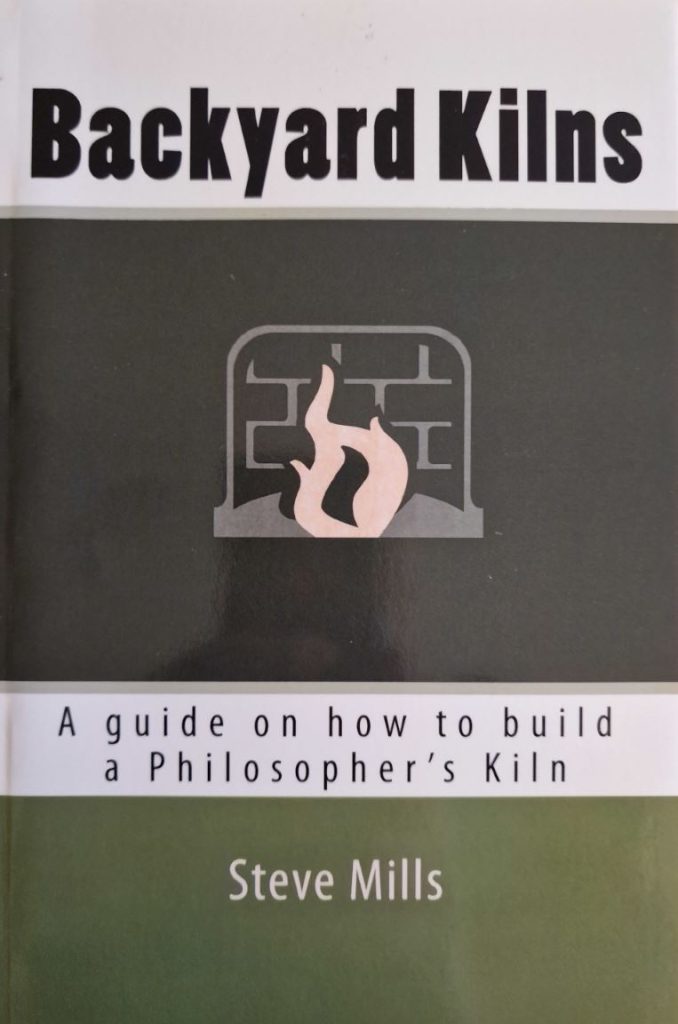 |  | 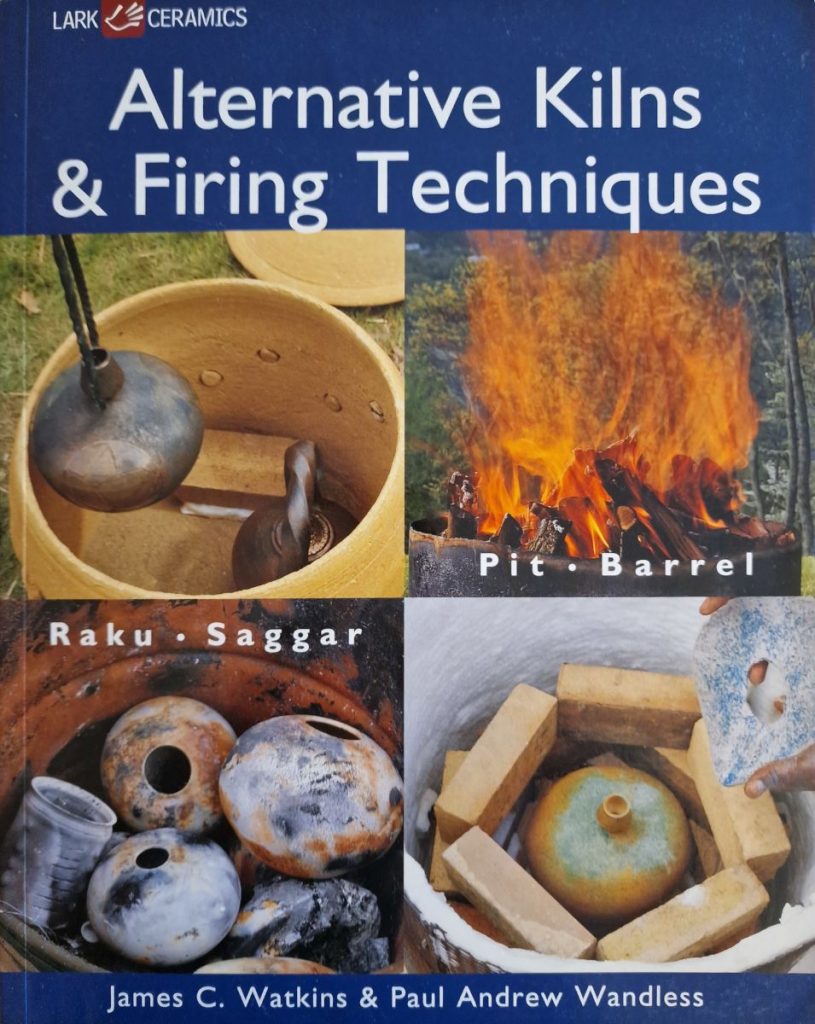 |  |
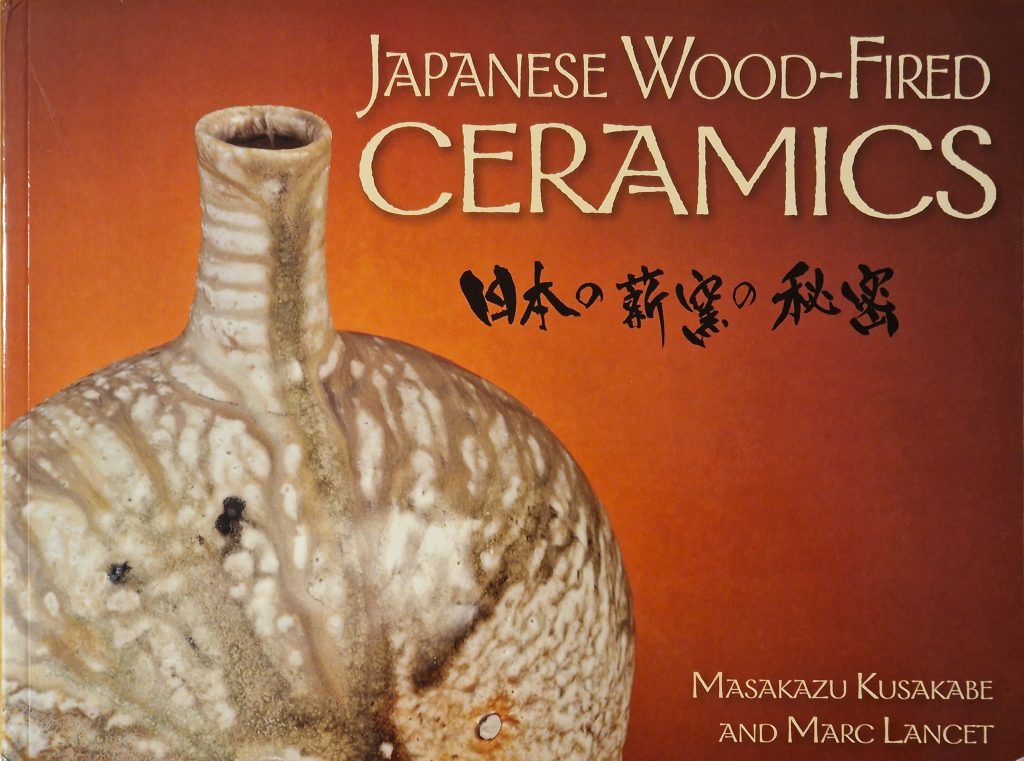 | 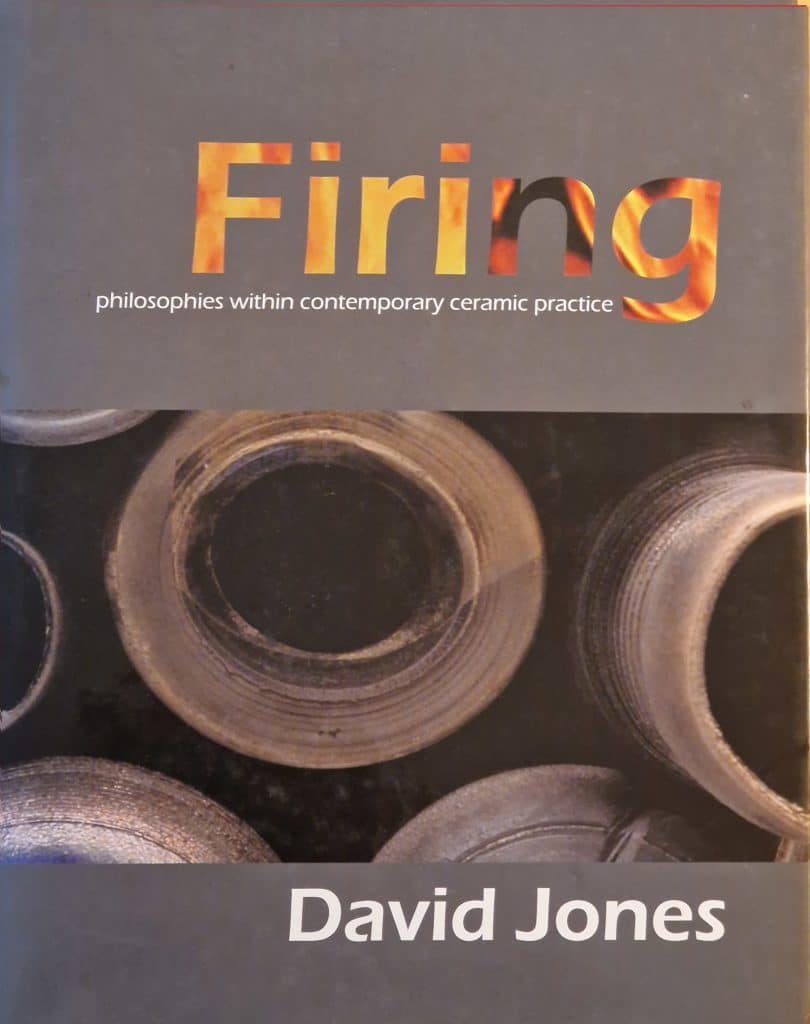 | 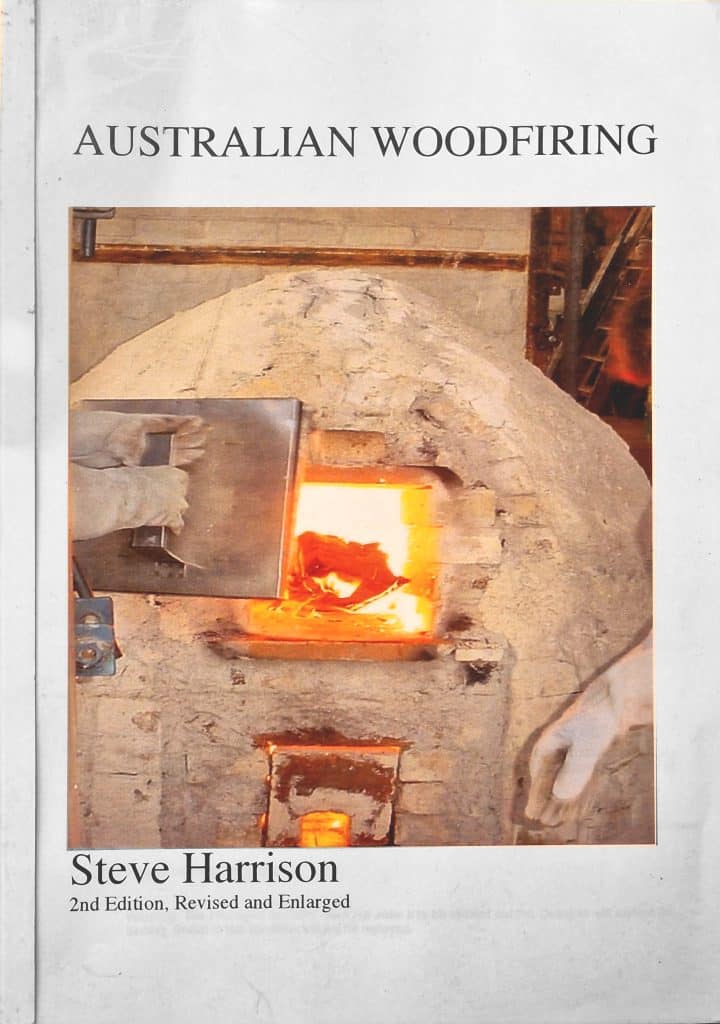 |
The best books about wood-fired pottery kilns and how to build them.
This is the list of the best books about wood-fired pottery kilns out there worth reading. There are not too many good English books about how to build wood-fired pottery kilns, and some of the books are almost forgotten. They shouldn’t be; every book about wood-fired pottery kiln is forever young*. My best advice for building DIY pottery kilns, ceramic kilns for home uses, or professional wood-fired ceramic kilns, is to start reading! I learned that the hard way myself as a younger man; I didn’t waste time learning from others – So with my head full of creative ideas and no experience, I wasted both time and money building a crapy-designed ceramic kiln with low-performance. Today I’m hopefully wiser, and eager to learn more about building pottery kilns from every book I find. And I have to say every one of them has taught me something new!
Best books about wood-fired pottery kilns:
There are some really good books about wood firing and combustion for ceramics, and some of them are just must-reads for professionals and hobby builders alike. The price for secondhand books can be crazy, the most popular books can cost 4 – 5 times more than a new book. Luckily, some lesser-known, high-quality wood-fired pottery books are quite cheap on the secondhand market, and some get (re)printed on demand.
I have a link to a free must-read book about building ceramic kilns in this list too.
* But technology changes, we no longer use asbestos insulation in ceramic kilns - today we have ceramic fibers, we have a higher concern for the environment, and more focus on safety. We don't use Lead in glazes like in the old days, and we come a long way in material science. But bricklaying, the clay, ceramic kiln design, the burning process, the flame path, and every practical aspect of wood and combustion just never change.
In the link below, you find my homemade kilns with descriptions of how to build a wood-fired kiln for pottery. Wood-fired earthenware kilns, and several other types of ceramic kilns:
https://www.woodfireceramic.com/wood-fired-pottery-kilns/
Best books about wood-fired pottery:
Every quality book on how to build wood-fired ceramic kilns should be on this list, let me know if you think I missed some: hello@woodfireceramic.com
The complete list: the best books about wood-fired pottery kilns (and how to build them).

The Kiln Book 2021 (Third Edition)
By Frederich L. Olsen. There is also a fourth edition.
More kiln projects by the author:
http://www.olsenkilns.com/kilnprojects.htm
Review: This is for many the “bible” of building kilns, and the prize for the latest version (the 4th Edition), is beyond my budget. Like any real bible; this is a massive book in content, size, and text. To read this book cover to cover you need dedication, but sure it’s possible to break it up into sections based on your interest. If you plan to buy only one book this is it, the problem is its price, and it costs as much as 5 or more good books on the secondhand market. One solution is to not buy the latest version 4, but an earlier print with a lower price tag.

Kiln Building, 1977 (Second Edition)
By Gregory, Ian
ISBN 1-8892-5002-3
Review: Not a word about wood firing on the front page, but it is the right kind of book, and it doesn’t even mention electric kilns. Gregory wright about what he called “raw flame kilns”. And that’s; oil, gas, wood burning, and he writes a few lines about coal; sulfurous gas and high prices have made coal less interesting the author says, unless you work with Raku firing. The book is often mentioned as one of the 3 “must-read” books, together with The Kiln Book by Frederich L. Olsen. But these two books are surprisingly different, and where The Kiln Book is a huge brick of a book, the Kiln Building by Ian Gregory is quite small and thin, ruffly 1/4 the read. But I have no problem recommending them both. “I’m a working potter, writing about kilns and firing from my own experience,” Gregory said in the first couple of pages. And the book certainly sums up years of hard-earned experience. There is a confusing number of front covers for this book, and it was printed in 1977, 1995, and 2021. I think it’s the same book; printed, re-printed, and updated as a second edition.

Kilns – Design, Construction, and Operation. 1968
By professor in ceramics, Daniel Rhodes.
LCCCN 68-57512
Review: A comprehensive book from Daniel Rhodes a capacity in the field, is an absolute must-read for kiln builders no matter if you are aiming for an electric kiln, gas burners, or wood. As a second thought; you should go for a newer book if electric kilns are your thing, a lot has changed when it comes to computers and burn programs. But for the wood-firing ceramist, the book is forever young.
235 pages about the history and the development of kilns, up to modern kilns. Fuels and burners. Combustion. Refractory material. Firing techniques and theory. Kiln and constructions. Measurements. Best practice. Safety. And much more.
What you don’t get in this book are potters & artists, photos of artwork, glazes, or clay recipes. In other words a serious textbook about building kilns. A technical book for the hardcore builder. I can easily recommend it to everyone searching for in-depth know-how. There exists a version 2 of this book with a third photo on the front cover, this may be a reprint of the book and not an updated version.

Alternative Kilns. 2005
By Ian Gregory
ISBN 0-8122-1902-3
Review: The first kiln book I bought, and one close to my heart; is it really possible to build a kiln as beautiful as the one on the cover (The Eden Project kiln by John Nuttgens), and make it long-lasting without cracking up when fired? The short answer is sadly No. Nevertheless, it’s a good book, and where other books focus on tradition, experience, and well-tested materials. This book has a more creative and experimental approach. It follows a one-by-one kiln project with pictures and descriptions: Like the flat pack kiln, the Durox block kiln, the bonfire, paper and cardboard kiln, the mud kiln, the brick kiln, the fire installation kiln, and many more. The book covers 36 different types of experimental ceramic kilns. Personally; I would liked it to be a bit more technical and how-to-oriented. But this book is primarily designed to offer new approaches and fresh ideas, a book full of creative ideas that help you rethink what a kiln can be.

Wood-Fired Stoneware and Porcelain. 1995
By Jack Troy
ISBN 0-8019-8484-X
Review: A charming mix of artists, pictures of their art, woodfired kilns, and how they are built and fired. This book presents some historic pottery and several different high-temperature kilns. It also contains kiln blueprints, technical schemes, fire schemes (interesting), and some glaze recipes. While quotes like; “the art of firing is hard to quantify”, initiate an artistic approach to fire, and the author’s love for the craft of firing. This is also the uniqueness of this book. Jack Troy demonstrates both experience and a deep understanding of burning in big kilns like the Andagama: Where different zones get different heat, and different heat needs different clay, or what kind of wood works best when side stoking, or how “heartwood” (the inner part of the tree) affect flashing on your ceramic differently than the biological younger and more active outer part of the tree. And many other experienced-based aspects are not often highlighted in more technical-oriented kiln books. This kind of soft know-how can only be acquired through experience, curiosity, and passion.

Wood-fired Ceramics: Contemporary Practices, 2000
By Coll Minogue and Robert Sanderson
ISBN 0-7136-4621-7
Review: The book contains work from over 60 ceramic artists, but it’s not only an exhibition book. Concepts like: The artist, the art, and the artist-kiln are quite interesting. And it gives an overview of kilns used by professional artists today, without going too deep into any of them. The book starts by trying to find out more about wood-firing in Britain, with the primary aim of forming a basic to compare with wood-firing practices in other countries (like the USA and Australia, but Canada is also mentioned). It also has some interesting pages about “community kilns”, where potters join together and both build and burn kilns as a group. Modern woodfired kiln history in England is highlighted, and the book discusses different kiln types. It also adds information and blueprints of different types of kilns. Besides having a high focus on artworks, and a page or two of glaze receipts, the book is also a source for learning about wood firing and building ceramic kilns.

Alternative Kilns & Firing Techniques. 2004
By James C. Watkins & Paul Andrew Wandless
ISBN 1-57990-455-6
Review: Loaded with pictures of the artists and their work, I understand writing a book is a great way to exhibit your work, but this is a bit too much for my taste. On the positive side, it shows what is possible to archive with these alternative techniques, and the artwork is worth taking a look at. To make it all up to you again; you get some receipts for glazes, slips, and colorants, and that’s always handy. The technical aspect covers building kilns, wood-firing, gas firing, raku with variations, alcohol reductions, saggars, barrel firing, and more. As the front cover says this book is about alternative kilns, mostly in the low-temperature area. The book does not cover higher-temperature woodfired kilns.

Mastering Kilns & Firing Raku, Pit and Barrel, Wood firing, and more. 2020
By Lindsay Oesterritter
ISBN 978-0-7603-6488-8
Review: One of the more recent books, absolutely worth reading but more of a potter’s approach than a technical book. Well, it is technical too, and it is also about building and wood-firing, but as the cover also says; it’s more about mastering a kiln and firing it (when it’s first built). It got a lot of practical advice on how to handle a kiln and how to fire in it. Pictures of clay and studio work, the artist’s work, and the potter’s process. But not more than what suits a book like this. Also relevant information about kiln types, refractory materials, insulation, flame path, and more. But not as in-depth as for example the book “Kilns” by Daniel Rhodes. I especially like the section; common questions, with answers. And a bonus is the section off low-temperature techniques like Pit and Barrel firing, that walk you through the different styles.

Backyard Kilns. 2015
By Steve Mills
ISBN 1511846453
Review: The smallest book in this comparison with its 49 pages, is not too big in actual print either. Both the content and the price reflect this small size, therefore it’s not fair to compare it with the other rather massive books. The book approach is: This is my kiln, and this is how it’s built, step by step, and this is how you fire in it, with pictures. The book doesn’t try to be anything else, and it’s actually more than enough: For a quite short read, and a small amount of money. You get the instructions manual you need to build exactly this kiln and some good advice on the way. And this kiln is well-tested and does its thing up to cone 12.

Mastering Raku. 2009
By Steven Branfman
ISBN-13: 978-1-60059-295-9
Review: After a long wait, I finally got this book in my hands. It’s a great picture book and a comprehensive source on raku history, raku pottery, raku artwork, and best practices for raku artists. More importantly for me, it writes about how to build wood-fired pottery kilns: 75 pages of kilns for raku firing, how to build raku kilns, and how to fire in a raku kiln. It describes in detail the building of two ceramic fiber kilns and a soft bricks raku kiln. Plus an interesting description of how to recycle and repurpose an old electrical kiln. The book’s main focus is gas firing, the reason is gas burners are the most common way to fire raku kilns today, and electrical kilns come as a good number two. Nevertheless; the book also describes 3 different wood-fired raku kilns, and one burned with charcoal or coal. I expected this book to be one of few describing the charcoal raku kiln (with technical descriptions). And it does, but the topic is not covered in more than a page or two. The author’s description of how he built his first wood-fired raku kiln without any research, and experienced all kinds of problems that took many firing to both understand and overcome, sounds all too familiar. The book as expected, focuses on what makes firing raku special, how quickly temperature changes affect the kiln, and what kind of consideration you need to take when designing and building a raku kiln.

The Art of Firing. 1998
By Nils Lou
ISBN 1-889-25011-2
Review: The book’s foreword starts strong by presenting Nils Lou as the SOS kiln & firing problem-solving telephone support, and the potter calling is no novice himself with his 35-plus years of experience. Furthermore, Nils Lue is described with a rare gift of understanding “the magic and the heart of the kiln”. And his book is presented as nothing less than a treasure stove (if we take John Glick’s foreword for granted). I have no problem following John most of the way, but I find the book too thin, with too few kiln examples to compete for one of the five must-read kiln-building books out there. Although the book is focused and compact, without artists, artwork, glazes, and other less relevant stuff that often fills out these kinds of books. The Art of Firing is an in-depth textbook about firing and kilns, containing one of the best descriptions I have read about the firing process and combustion theory. The book describes in detail the chemical reaction in the fire itself, and the chemical difference between a neutral and reduced kiln atmosphere: “Maximum effective reduction is when the fuel/air ratio produces maximum carbon dioxide (CO2), but no soot or smoke” the book says, and personally I up til now considered black smoke as a sign of reduction. Also worth mentioning is Nils Lou’s: “Modern Minnesota Flat Top Kiln” with its reduced flue is interesting for several reasons. Blueprint of Bakers sawdust injection burner is a new concept for me. Also, the example of gas & wood kiln is an interesting example of how gas can be used in the boring parts, and wood when the temperature gets high. Last but not least, the few pages of troubleshooting are valuable, and the many real-life examples really seem to confirm Nils Lou special gifts for understanding kilns.

Wood-Fired Ceramics
100 Contemporary Artists. 2013
By Amedeo Salamoni
ISBN 978-0-7643-4533-3
Review: At first this book doesn’t seem to belong in a list of books for building ceramic kilns. The book is not about building kilns at all; clearly stated on the front cover: 100 wood-firing artists, with over 500 color pictures. Sure it’s a great photo book about ceramic artwork and a selection of interesting artists. 100 contemporary ceramic artists in one book is a great number. And every one of them has their reason for working with wood fire. There are also 12 pages of kiln-building in the book, including some blueprints of a few kiln types, but that’s just to be considered a comment in a big book like this. The reason I added this book to the list is all the great pictures of the artist’s kilns. Every artist in the book is represented with at least one photo of their kiln, some of them also of the firing process. Their artist statement (as mentioned, it’s hundreds of them), more often than not; writes about an artistic, practical, or historical relation to wood-firing, what it means to them personally, or what they get out of this labor-intensive wood-fired. Altogether, this book answers 100 different reasons “why” to the question of wood firing, that is the main reason I added it here to this list.

Firing Kilns. New Ceramics. 2014
By Benedict Brierley
ISBN 978-1-4081-8524-7
Review: The book wants to demystify the process of firing clay. Teach how to use the kiln to achieve a multitude of surfaces. Examine common firing faults. And explore many branches of the kiln’s evolutionary tree. OK, so it’s a bit different approach than other books, nevertheless, the kiln is in focus. Important though, this book is not about building and designing kilns, it’s about burning them (still, it has some construction tips worth noticing). The book writes about every type of kiln; from wood-fired to electric to oil and gas, so it’s not only about wood in other words. The book belongs to this list, as it writes enough about wood-firing to be interesting, and the author also owns an Anagama, though 123 pages is not too big book. With its spacious amount of pictures of artworks. Including oil, gas, and electric kilns, it’s not too many pages left for wood-firing. The book use many pages describing oxidation and reduction firing side-by-side for all types of kilns. The author has a lot of knowledge about the subject, which makes this maybe the strongest part of the book. But at the same time, few readers, I believe, are interested in learning reduction firing in both oil, gas, wood, and electric kilns side by side, so this approach generates more pages that the reader likely will skip. Clay types, loading & kiln furniture are covered. Also, some pages of specialized kilns like Salt and Soda. Overall, this book is worth reading, but not a first choice of a book, if wood-firing is your primary interest.

minigama
By Akira Yoshida
Translated from Japanese by Naoko Gomi
Review: “minigama” is hardly a book, it’s a booklet with 42 pages, not registered with an ISBN, it seems almost home-printed, and the title un-ambitiously starts with a small letter. Akira Yoshida has published several books by a Tokyo-based Publisher, but I don’t think this is a published book. I’m curious about the history of minigama’s, but this book doesn’t give many clues about its origin.
The modest wrapping aside; the content is a game-changer! At least it was for me. An old dream of sculpting my own small-scale, low-cost, functional kiln. I didn’t even think it was possible before I came across this book (ah sorry booklet). It contains a lot of simple drawings and detailed descriptions of how to coil build the different designs; like the mini-gama, the serio-gama, the jar-gama, the itazara-gama, the tokkuri san bon-gama, and a paper kiln. Though different kiln designs fill most of the book, a more interesting aspect than types is the book’s main concept: Combining traditional ceramic kilns with ideas from the blacksmith: Charcoal and hairdryers (sometimes up to 4 dryers at the same time) are cheap and low-tech, but certainly effective: Solving every small-kilns problems related to pipes, drafts, and air supply. To my surprise material science was not a topic in the book, and “refractories” is only described by this sentence: “Grog added to raku claybody”. So there is no secret ingredient in this mix. Instead, the booklet stresses the importance of using reinforcing wire, since it expects the kiln most likely will crack up (but not so much it falls apart). Simply a unique must-read book.

Wood Firing: Journeys and Techniques. 2001
By Various authors
ISBN-1574981439
Review: A collection of 24 articles from Ceramics Monthly, the book is 121 pages long but with quite a big print size. The articles stretch from teaching and creating art – to designing and building kilns. That’s a wide span, but I’m convinced, it’s a good read! But maybe not a learning book for people who want to build their own ceramic kiln. I enjoyed the down-to-earth articles describing each potter’s life, and how they ended up where they did: Moved out of the city, how they are selling their work, and so on. Every article has enough length to get a glimpse of each person, a story of the choices they took, and the life it brought them (but even though I liked it, it doesn’t make it in the scope of this list).
The book also contains some pictures of kilns, blueprints of kilns, and some informative technical cut-trough drawings. Of course, it contains pottery & artwork pictures, as well as some glaze recipes. The articles about kilns and kiln-building come at the end of the book. It’s not too many of them, but enough to give the book a place on this list. Most interesting articles: “A wood kiln for the Lone Potter”, “Horn island kiln“, and “Digging a hillside kiln”. Overall I think this book is worth reading, especially if you also wouldn’t mind reading about the everyday life of wood-fired potters. There is a small bonus that almost every ceramist talks about some practical aspect of their kiln.
(have no picture from the 1915 frontpage)
kiln and kiln building. 1915
By Alfred B. Searle
Reprinted from 1915 edition
Review: This book is over 100 years old, that’s no age for a wood-fired book. 486 illustrations and almost 500 pages. It’s easy to get a copy of it and quite cheap thanks to reprinting. Reprints can have a bad scan or print quality, but this is ok. It has a high focus on kiln types, and don’t even got a chapter on refractories. I have to pause the review of this book til the winter.

Building your own Kiln. Three Japanese Potters give advice and instructions. 2004
By Hiromi Itabashi, Roppo Tamura, and Naoki Kawabuchi
ISBN 4-7700-2973-X
Review: 3 Japanese potters, all building their kiln by choice. Roppo Tamura building the centuries-old Anagama kiln. Naoki Kawabuchi makes Nanban wares and built the traditional Snake kiln with its 600 years of history. Hiromi Itabashi is building a small-size, homemade soft brick kiln for gas firing. The last kiln feels a bit misplaced, to say the least. 2/3 of the book oozes history, Asian traditions, and wood firing. Stacking small soft brick kilns in a day feels more like the first year studying ceramics. But on the plus side, you get a description of how to set up a gas kiln in a day with 80 firebricks and a complete list of what to buy to build it. Some advice on stacking and firing, but it’s quite basic.

The Self-Reliant Potter – Refractories and Kilns. 1987
By Henrik Norsker
ISBN 3-528-02031-8
Free to read at: The New Zealand Digital Library
Review: “The Self-Reliant Potter – Refractories and Kilns” is a high-quality must-read book, and it’s absolutely free to read thanks to the New Zealand Digital Library. It’s never too be seen in any antiquarian, so for all practical reasons, this book would have been lost in time if it weren’t for the digital library version. Big thanks for conserving this important read (after searching for a year, I finally found a fysical copy, but they are rare). The book has 133 pages and a rather low print quality. But as a “how to build a ceramic kiln book” it’s absolutely unique in its focus on raw materials, where to find them in nature, and how to refine and use them. What other book describes how to hand-build kiln shelves? Comparable books often just talk about what refined materials to buy, but ancient potters just couldn’t drive to the ceramic shop for some plastic bags of terracotta with chamotte. They had to find the best spot to settle down and build their workshop, depending on local and available materials within a short radius, or worse, getting carried a long way on the back of a mule. Today’s focus on sustainable living and concern for the environment makes this great book shine again.

Kiln Construction: A Brick By Brick Approach. 2007
By Joe Finch
ISBN 978-1-512827-22-4
Review: Foreword by Fredredric Olsen (it’s spelled Frederich, but spelling mistakes aside). Olsen’s Fastfire down-draught kiln has been one of the world’s most popular built kilns for a longer period of time, and Olsen says in this foreword he is happy Joe Finch takes the kiln to the next level, with the modifications in this book (now that’s a compliment!).
Joe Finch makes in this book a 106-page description of 3 well-tested quality kilns, built several times around the world. So this is reliable, effective, easy to use, comfortable to pack, and well-planned flame kilns for production use: The book is mostly about firing with wood, and the second largest part is about both gas and wood, whereas oil is just described on a page or two. But all 3 kilns can burn wood, gas, and oil. The book contains all the necessary information and practical know-how to build them; from tools to materials and isolations, to every practical advice about location and what you will need your new kiln to be (based on what kind of pottery you want to make). Both detailed 3D renderings and illustrations are plentiful, showing the different kilns from every possible angle, and how they are built.
If you are not into all kinds of different kiln designs, but just want to build a flame-kiln that is production-ready and does the job time after time, this is a must-read book.

Japanese Wood-Fired Ceramics. 2005
By Marc Lancet and Masakazu Kusakabe
ISBN: 0-87349-742-2
By far the most expensive secondhand book to buy, I don’t like the market pushing prices for used books up in the sky. So, with an extraordinary price tag, the book had to be extraordinary before I would even consider recommending it. And (I don’t like to say it but yes), this is an extraordinarily wood-firing ceramic book: “You hold in your hand the most comprehensive and straightforward guide to the Japanese approach to wood firing available in the English language“, the book states. Japanese ceramics have a rock-star status in the ceramics society, and this book does a fantastic job describing what it’s all about. Japanese aesthetic philosophy, and organizes every visual quality that “just happens” to ceramics in a wood-fired kiln, into a system, describing every effect and its outcome. This kind of “softer approach” to wood firing makes this book unique, though it has a lot of information about building kilns too.

Firing – philosophies within contemporary ceramic practice. 2007
By David Jones
ISBN: 978 1 86126 935 5
This is an A4 print size book, beautifully illustrated, 200 pages about wood-firing, kilns, and ceramics, with quite a lot of both artwork and art talks. The philosophical perspective is the book’s unique approach, making it quite an oddball in this list.
If you are interested in the book’s philosophical and art theoretical framing, it can absolutely be a good read: Performance, happenings, firing events, and concept art, yes, it’s all covered. Chapters like “Firing as Metaphor” and “Sculpture and Site” investigate social culture and philosophy, while chapters like “Wood Fire and Anagama” and “Salt and Soda” examine more traditional ceramic crafts in an art theory context. If this happens to be your thing, the book contains enough information and pictures about wood firing, kilns, and practical know-how to be valuable (in a more traditional wood firing sense). If you, on the other hand, couldn’t care less about modern art and contemporary ceramic art theory. The book’s practical value can be hard to extract.

AUSTRALIAN WOODFIRING. 1996 2nd Edition
By Steve Harrison
ISBN 0 – 9750530 – 3 -5
Not a design pearl of a book, every page is stuffed with words; 122 pages, and 13 kiln plans. I need some time to go through this book.
Other how to build wood-fired pottery kiln books:
I have not held any of these building ceramic kiln books in my hands, so I can't say for sure they are all worth the read. But I believe they belong here on the list:
A Treatise on Ceramic Industries, a Complete Manual for Pottery, Tile, and Brick Manufacturers. 1926
By Emile Bourry
This is a classic book, and the first describing the Bourry-box kiln in English
Laid Back Wood Firing. 1977
By Steve Harrison
7th edition
Revised and enlarged to a little book of 107 pages
Small Portable Wood Fired Kiln. 2024
By Steve Harrison
Kiln books for sure, but are they about wood firing?
To print a book about ceramic kilns and how to build and burn in them, without mentioning on the front cover or in the synopsis what fuel they are designed for seems quite strange to me, nevertheless it’s quite normal for many kiln books! The one kiln you don’t build is the electrical kiln, everyone seems to agree on that.
Kiln Construction. American Craftsmen’s Council. 1965
By Paul Soldner
32 pages, so it’s a booklet or a magazine
Wood-Fired Pottery 2005
By Susan Beecher
Promising title, but is it about here art, or wood-fired kilns? I see indications there is some information about the kiln and firing but mostly about her art.
Turners and Burners: The Folk Potters of North Carolina
by Charles G. Zug
Don’t know if it’s enough about kilns to be interesting for this list
21st Century Kilns. 2017
by Mel Jacobson and Friends
255 page, seems to be a digital book
Also about wood-firing, I don’t know how much
The Studio Potter Magazine December. 1982
Wood Fired Clay Artist No. 11 Vol. 1
The Energy Efficient Potter:
How to Save Money by Building Your Own Fuel-Efficient Kiln. 1982
by Regis C. Brodie
Also about wood-firing, maybe gas and oil dominate
Kiln building with space-age materials. 1979
By Frank A. Colson
What fuel?
Archeology and wood-fired ceramic kilns:

Ceramics and Civilization, The Prehistory & History of Ceramic Kilns. Volume VII. 1997
By Prudence M. Rice
ISBN 978-1-57498-026-4
Review: I kind of expected this book to have a big print size, but no, it got a quite standard bookshelf size. Makes it prizy for non-academics. The book is an academic reference work for historic and prehistoric ceramic kilns around the world. But is it only interesting from an archeological perspective, or does it contain valuable information for kiln builders today? The book starts by questioning all the things I normally take for granted, that’s interesting. Like what is a ceramic kiln? what kind of kiln types exist (now and then), and what does it do? This non-practical approach was both obvious and new to me.
The book “revers-engineer” firing, glazes, and Technics, it’s sure fascinating to read how potters in historic times mastered advanced processes to get the most out of their few types of materials, and how to recreate their work. Nonetheless; not the information I was searching for. I hoped to learn from this book the historical development of kilns, and how they evolved. The book got practical information in between; for example when it writes about the large heat capacity of the surrounding earth from dugg-out kilns, and the long firing time needed to overcome it. The experimental kilns made with a ceramic class were interesting.
Late Medieval Pottery Kilns at Newport, Pembrokeshire, and the Recording and Interpretation of Pottery Production Sites
David Dawson and Oliver Kent
Kilns in East and North Asia: The adoption of ceramic industries
Archaeology of East Asia
By Tomoko Nagatomo, Maria Shinoto, Daisuke Nakamura
Other books of interest for combustion and pottery kilns:

Fuel; Solid, Liquid and Gaseous. Edward Arnold LTD. 1967
By J. S. S. Brame and J. G. King
It does write about wood, peat, and charcoal. But oil, gas, and coal dominate the book.
The Science of Flames and Furnaces, 2d. ed. Chapman and Hall. 1962
By Thring, M. W.
Best books about wood-fired pottery kilns and how to build them – 2025
See the how-to-build a wood-fired kiln webpage:
www.woodfireceramic.com/wood-fired-kilns
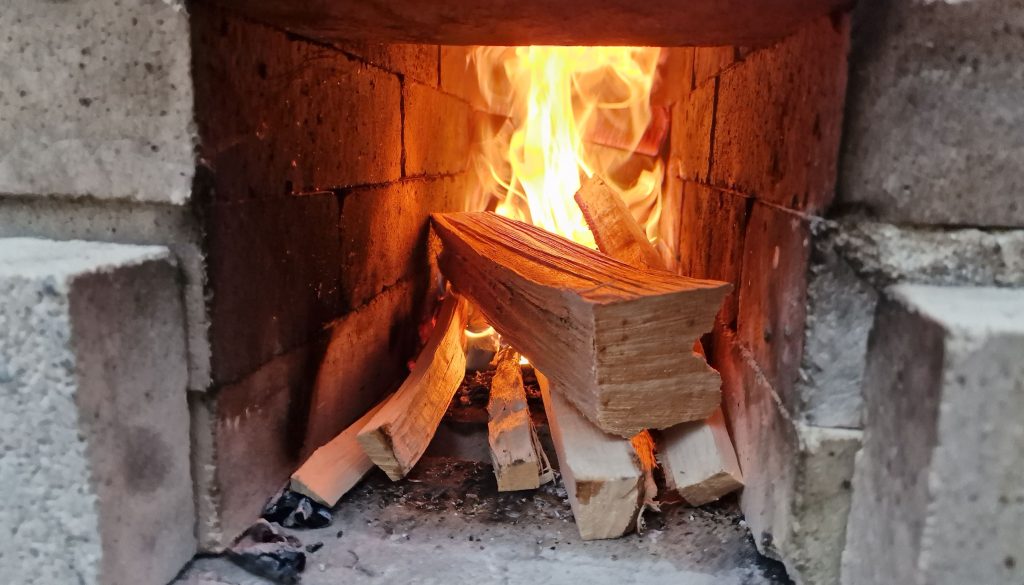
Best books about wood-fired pottery kilns and how to build them.
My best advice for buying secondhand books is to be patient, the first you find is the expensive books no one wants to buy.
This is where I buy my books:
ebay.com/books
Best books about wood-fired pottery kilns and how to build them – 2025